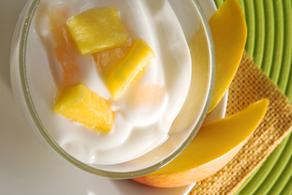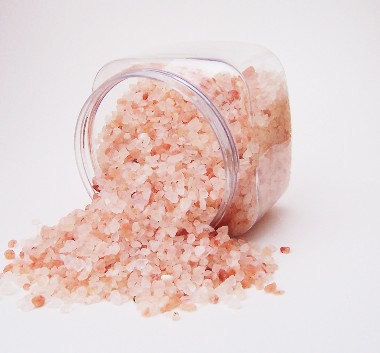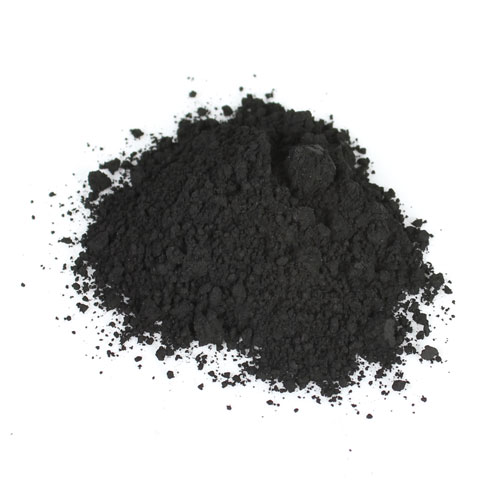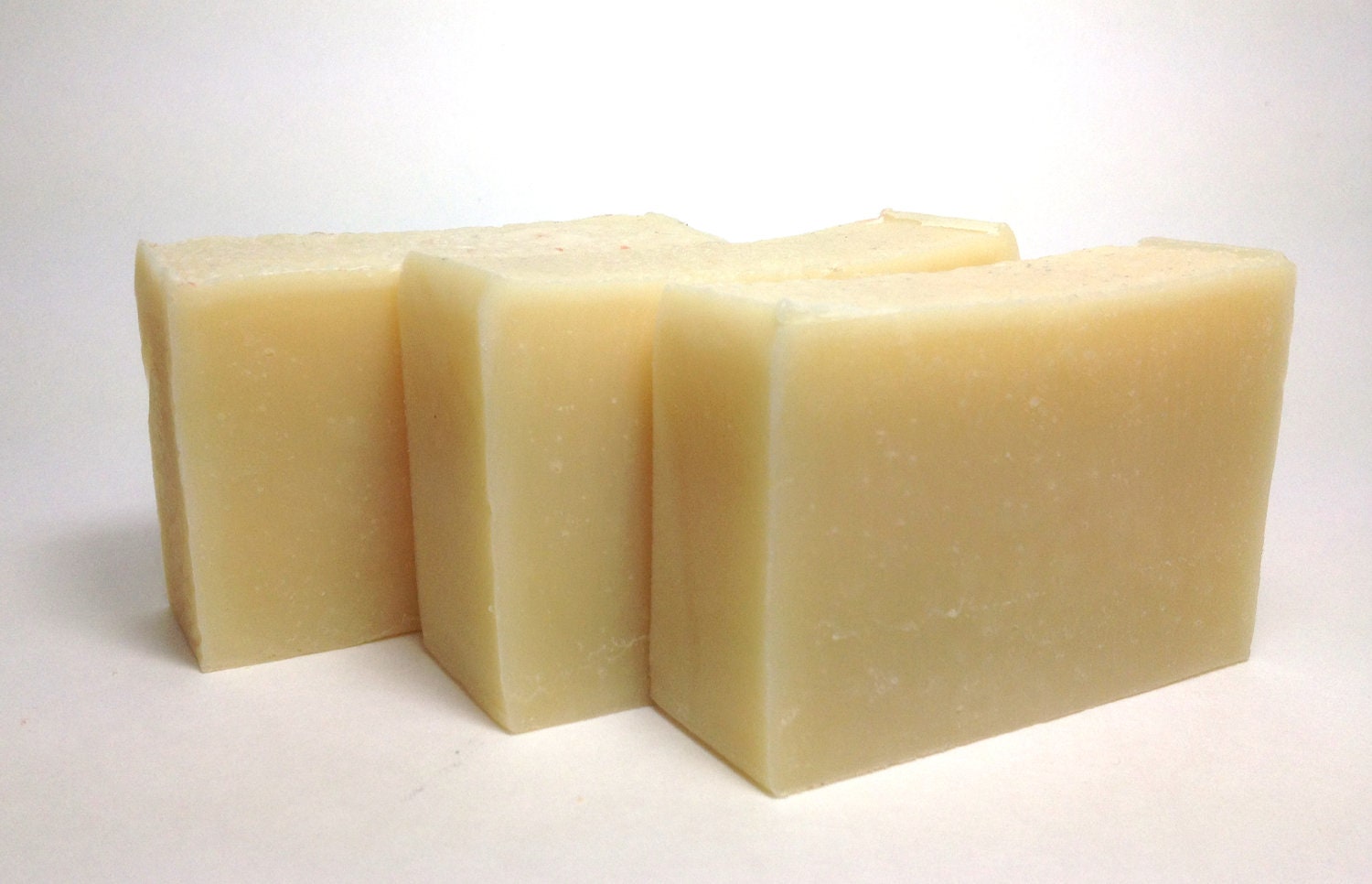From mangoes to mussels, try these nine choices to protect against sunburn or ease wrinkles
You are what you eat? Maybe not, but you do look the way you eat. Putting your best face forward starts with putting the right ingredients in your mouth. "The same foods that are good for your health are good for your skin," says Valori Treloar, a dermatologist based in Newton, Mass. "Your skin is just the outside part of your body."
Want a healthy, glowing complexion? Load up on nutritious meals and snacks, like sweet potatoes, mangoes, and canned tuna. Experts say these foods will do as much for your appearance as your inner health. Here are nine skin-boosting choices:
Tomatoes
They're full of lycopene, a phytochemical that provides red pigment and health benefits. Lycopene helps eliminate skin-aging free radicals caused by ultraviolet rays—in other words, protecting against sun damage. To reap the most benefits, heat them up: A half-cup of cooked tomatoes, for example, packs 16 milligrams of lycopene. A daily dose coupled with sunscreen will help block the burn.
Mangoes, papaya, and apricots
Got that washed-out look? Load up on some fruit. Mangoes, papaya, and apricots are full of pigments called carotenoids, which are stored in the layer of fat directly beneath the skin and can improve color. "They peek through, giving you a rosy glow," says registered dietitian Karen Ansel, a spokesperson for the Academy of Nutrition and Dietetics and co-author of The Calendar Diet: A Month by Month Guide to Losing Weight While Living Your Life.
Cocoa powder
Flavonals, the antioxidants in dark chocolate, reduce roughness in the skin and protect against sun damage. A study published in 2006 in the Journal of Nutrition found that women who drank cocoa fortified with 326 milligrams of flavonals a day had better skin texture and stronger resistance to UV rays than those who didn't get as much of the antioxidants. Just a few ounces a day—or a standard Hershey's Dark Chocolate bar—is sufficient. Another tasty way to get enough? Spoon some cocoa powder into your morning coffee, Ansel suggests.
Flaxseeds
Think of these as tiny wrinkle fighters. They're packed with omega-3 fatty acids, which erase spots and smooth fine lines. In one study, participants who had about half a teaspoon of omega-3s daily for six weeks had less skin irritation and redness, as well as better-hydrated skin, according to findings published in 2009 in the British Journal of Nutrition. That's likely because fatty acids attract water to skin cells, plumping the skin and reducing wrinkling.
Sweet potatoes
They're full of vitamin C, which smoothes wrinkles by stimulating the production of collagen. One study, published in 2007 in the American Journal of Clinical Nutrition, found that people who consumed 4 milligrams of C—about half a small sweet potato—daily for three years reduced the appearance of wrinkles by 11 percent.
Mussels
If you're not getting enough iron, your skin will turn pale and pasty, Ansel says. The solution? Iron-rich choices like mussels. One 3-ounce serving delivers a third of the daily recommended amount.
Spinach
Want to protect yourself against skin cancer? Take a page out of Popeye's book. A study published in the International Journal of Cancer found that folks who ate the most spinach developed half as many skin tumors over 11 years as those who ate the smallest amount. That's likely because the folate in spinach helps maintain and repair DNA, reducing the likelihood of cancer-cell growth.
Canned tuna
It's packed with selenium—a nutrient that preserves elastin, which keeps skin smooth and tight. Selenium also prevents free radicals that are produced by UV rays from damaging skin cells, protecting against sun damage.
Safflower Oil
If you have dry, flaky, or itchy skin, take note: This common cooking oil doubles as a moisturizer. It contains omega-6 fatty acids, which keep cell walls supple, allowing water to reach the skin. Some research suggests consuming safflower oil can help ease sin disorders like dermatitis, inflammation, acne, and dry skin.
Source: http://health.usnews.com/health-news/articles/2012/05/16/9-best-foods-for-your-skin






























